Spondylosis is a term meaning to degenerative Osteo Arthritis of thejoints between the center of the spinal vertebrae and or neural foramina
resulting pain parasthecia etc. If it is occurs on cervical vertebrae it is called Cervical spondylosis.So this is a diseases of elderly (more than 40 years) where there is degeneration of the apophysial joints and inter-vertebral disc joints with osteophyte formation and associated with or without neurological signs.
CAUSES and AGGRAVATING FACTORS:
- Trauma
- Incorrect posture while sleeping and working.
- Excess intake of sour and spicy food- cause to early degeneration.
- Genetically
- Smoking- tends to increase the disease and other symptoms.
- Occupational- reduced physical activity, sedentary habit, stress,
- Repetitive strain injury (RSI)- caused due to lifestyle without ergonomic care (while working in front of computer), travelling, etc.
- Age.
- Cold food, direct exposure of wind, heavy meal at night time, heavy exercise, use of improper pillow, lack of sleep at night and sleeping during day time, etc may aggravate the condition.
SYMPTOMS:
- Pain and stiffness of neck and shoulder.
- Radiating shoulder pain to arms and upper part of chest.
- Tingling and pricking pain in arms and hand.
- Difficulty in writing , holding objects etc.
- Abnormal reflexes and irritability and lack of co-ordination, movements aggravates pain.
- Nausea (vomiting sensation), blurred vision, loss of memory, sleeping, giddiness on jerky neck movements.
- General tiredness and anxiety.
- Fibromyalgia. (*1)
- Feel or hear grinding or popping in neck.
AYURVEDIC APPROACH TO CERVICAL SPONDYLOSIS
The Ayurvedic medicines are for prevention and therapeutic purposes. The basic treatment of Ayurveda is based on the principle of balancing three doshas namely VAATA, PITHA, and KAPHA. In a healthy individual these three are in a balanced proportion and are mainly have the functions like movement, change and metabolism, growth and stability respectively. If there is any change in the nature of the three will cause disease.These functions in a state of equilibrium lead to the health and in-equilibrium lead to disease. The treatments in Ayurveda is aimed at restoring the equilibrium through correction of the underlying in-equilibrium by the treatment like shodhana(purification and elimination), samana(pacification), yoga and naturopathy, By changing the lifestyle and food habit, by maintaining and increasing the spiritual, mental, physical well being, through panchakarma therapies etc.
In these particular disease treatment treatment comprises of three approaches –
shamana chikitsa–
This includes various drugs are administered to a person to bring the three doshas in equilibrium. This is the choice of the treatment in the persons where panchakarma is not advises. (very young children or very old peoples, or patients who cannot follow strict rules of diet and life styles etc.
shodhana treatment–
This means removing excess doshas in the body the cause ailments by means ofpanchakarma. These treatments are double edged swords and need to be undertaken with lot of care. Done correctly they provide quick relief from the symptoms but would prove hazardous if done incorrectly. Also before and after undergoing the panchakarma a person has to strictly follow the diet and lifestyle advised by the physician for a few days. Even if the shodhana therapy done correctly if a patient not follow correct diet and regiment it will cause other complications.
Rasayana therapy-
Correction of the entities responsible for altered functioning and rejuvenation of the bodily tissue to regain and maintain natural strength and vitality.
According to Ayurveda this disease can be correlate to as APABAHUKA or GREEVA SANDHI GATA VAATA. Vata the principle of movement is the predominant function with nervous system and musculoskeletal system. any problem relating to these systems are predominantly caused by vata vitiation. The vitiation of vaata is caused mainly by the two mechanisms. One of them is the obstruction of vata to there proper functioning and channel by kapha and pitha, and the second one is increase of vaata independently.The obstruction of vaata will result symptoms and disease like inflammation and fibromyalgia (*1) etc as in this case. Aggravation of vata will result some degenerative process,herniated disc, etc.
Treatments in Ayurveda:
Ayurveda treatment protocol is primarily focused on normalizing the vitiated and obstructed vata by means of shodhana and shamana therapy, and to rejuvenate the effected tissue. Since these conditions may also related to the stress, etc recommends a holistic approach with medicines and therapies, life style modifications and diet minimal exercises and yoga.
The therapeutic approach to the two types of vitiation is different.If vata obstruct due to other doshas as in the case of elimination, fibromyalgia etc, Correcting them through shodhana(elimination) and shamana(pacification)is the methods to be adopted. If vaata alone act as in the case of degeneration, etc use medication which arrest the degeneration and further degenerative process, and give rejuvenation therapy.
The treatment can be advised in OP and IP level.
According to the treatment given these disease can be categorised in to three stages.
1st stage– Early progressive stage. only slight symptoms like slight pain occasionally, stiffness there. in these stage should treat the patient with vata-kapha hara medicines and therapies.
2nd stage- Here patient should treated with vata-pitha hara medicines and therapies. In these stage symptoms like pain during movement of neck, stiffness, pain on back of the head, radiating pain to shoulders and arm etc can seen.
3rd stage- Consider as the last stage. in these stage symptoms like nausea, gait disturbances, bladder and bowel incontinence, giddiness etc may be seen. Here purevaata hara treatment is advisable.
OP LEVEL TREATMENTS:
Kashayas
- Prasaranyadi kashaya
- Maharasnadi kashaya
- Naadee kashaya
- Kasaya prepaird with dashamoola and amukkuram
- Vidaryadi kashaya
Arishta and asava:
- Balarishtam
- Nimbamrtasavam
- Punarnavasavam
Tailam:
- Parinatha kera ksheeradi oil.
- Karpasathyadi tailam.
- Balaguduchyadi- for head
- Bala aswagandhadi – for head
- Ksheerabala ( 101)- internally.(can also be used as nasya)
- Balahadadi cocunut oil- for head
- Dhanwanthaaram kuzhampu
- Murivenna
Gulikas :
- Yogaraja gulgulu
- Tab-cervilon
- Gandha tailam cap
Lepam:
With kottam chukkadi churna etc
Small types pf treatments like elakkizhi, fomentation etc.
IP LEVEL TREATMENT:
- Snehapana
- Nasya with ksheerabala etc.
- Elakkizhi.
- Naranga kizhi.
- Taila dhara
- Greeva vasthi with dhanwantharam+murivenna.
- Podikkizhi with sathahwadi churna etc.
- Pizhichil
- Navarathepppu.
With all these types of treatments according to the condition of the disease and the patient also should undergone strict exercise and life style. By all these medicines and treatments it is found that very useful to cervical spondylosis and can arrest further progression.
YOGA THERAPIES:
Few yoga postures are restricted for particular complaints. One should start gradually by following few mild process in beginning and gradually increase the steps to relive from pain and to enhance the quality of life style. few yogas are explained here.
PADMASANA–
Cross the legs keeps the thighs such that both the heels are near the navel. breath normally.It will calms the body and mind. strengthens the nerves and muscles.
BHUJANGASANA:
Keeps the palms besides the chest. While inhaling raise head and chest up to navel.keep elbows folded near the body. Breath normally. While exhaling return to normal.
It helps to relieve back pain, diabetes, asthma, neck pain.
PAVANAMUKTHASANA:
Inhale raise both the legs, exhale press the legs against abdomen touching the chin between the knees.Breath normally,inhale , release the legs while exhaling, return. repeat head should rest on ground.
Helps in curing constipation, diabetes, high blood pressure, obesity,joint pains, and flatulence.In case of neck and shoulder pains.
UTTANA PADASANA:
While inhaling lift both legs. Breath normally and exhale as you return.Keeping the knees straight.
Prevents gas formation and strengthens muscles of legs, back, shoulders and varicose veins. Avoid in back pain, lumbar spondylosis, knee pain, ulcer, abdominal surgery.
Here in this picture only mentioned one leg only keep practicing with both leg.
SHAVASANA:
In the supine position relax the whole body and concentrate only on the breathing.
Helps in controlling heart problems, high blood pressure insomnia, and mental tension.this should be performed at the end of yogasana.
SHALABHASANA:
Keep both the hands under the thighs, inhale lift both the legs. Exhale and return.
strengthens the lungs, abdominal organs, sciatic nerves, prostate glands, kidney etc. Avoid in hernia ulcer and cardiac problems.
PRANAYAMA:
This is a type of respiratory exercises, some of them are anuloma viloma, nadi shodhana, bhramari. etc.
NATUROPATHY:
Diet therapy, fasting therapy, mud therapy, hydro therapy, etc.
HOW TO PREVENT:
“PREVENTION IS ALWAYS BETTER THAN CURE”
Life style exposure to cold and cold bath etc, very violent exercises of the neck muscles including pressure, are very bad for the patients of cervical spondylosis. While reading and writing should maintain a comfortable posture. Give rest and movement to the neck after a long sitting in front of the computer,long driving. Always try to keep spine and neck in erect position while sitting, walking, sleeping etc.
Avoid very hot and cold and spicy food items ( avoid its continuous usage).
Sleep well at night, give exercise and proper rest for body and mind.
If any disturbance occurs consult a doctor.
Practice exercise like yoga that will help to calm the body .
*1. What is FIBROMYALGIA:
It is an associated symptom, but a different condition. pain in muscles following spasm associated with morning stiffness, disturbed sleep, a feeling of swelling, some points are tender and when palpated produce pain.But it is not associated with muscle weakness. The pain is severe and it is localized to certain points in skeletal muscles, particularly the large muscles of neck and shoulder girdle, arms and thigh. Tender nodules can be felt in the muscle tissue, which serve as a trigger points. Many of the patients are tense sedentary women.
*** Ref: many medical and Ayurveda books, internet etc.



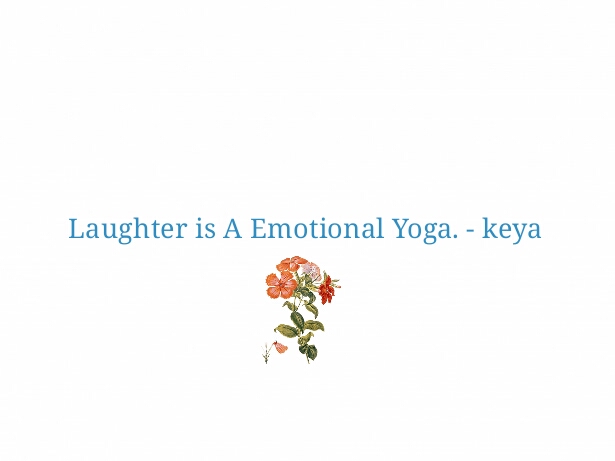
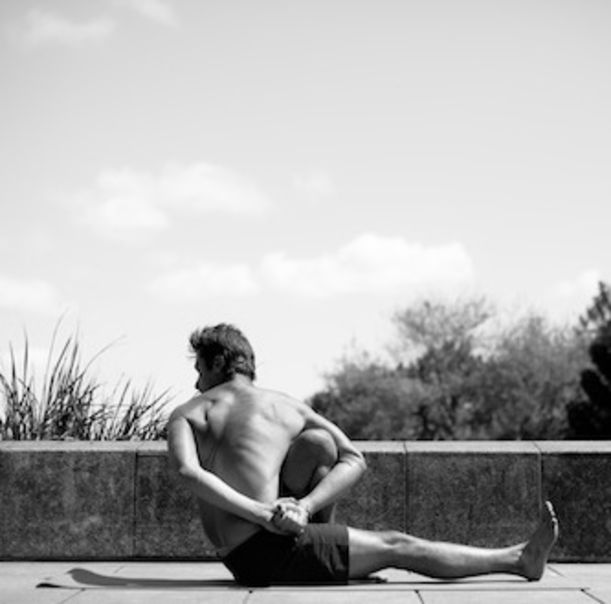
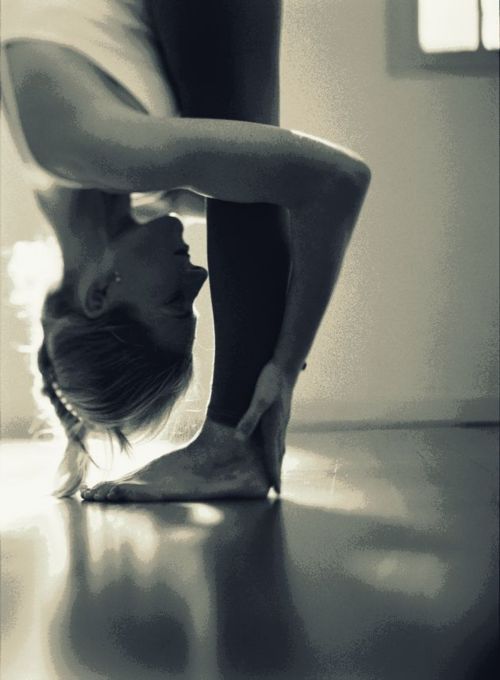

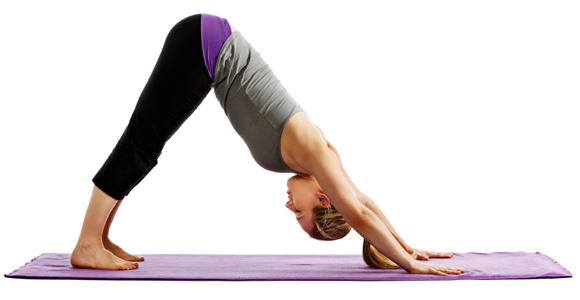
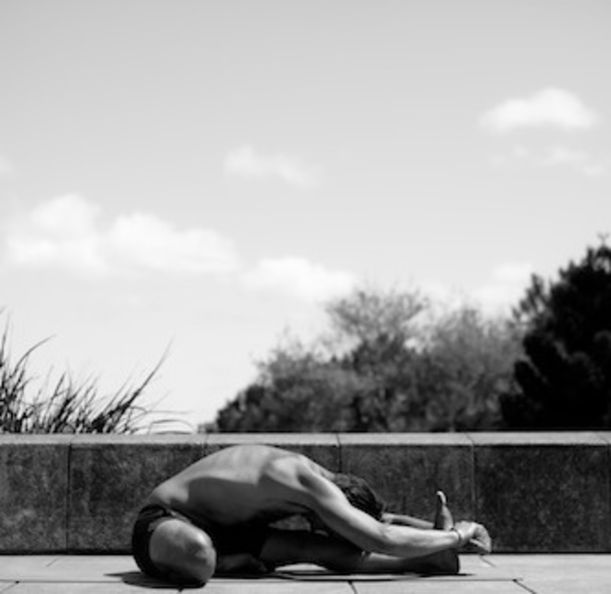


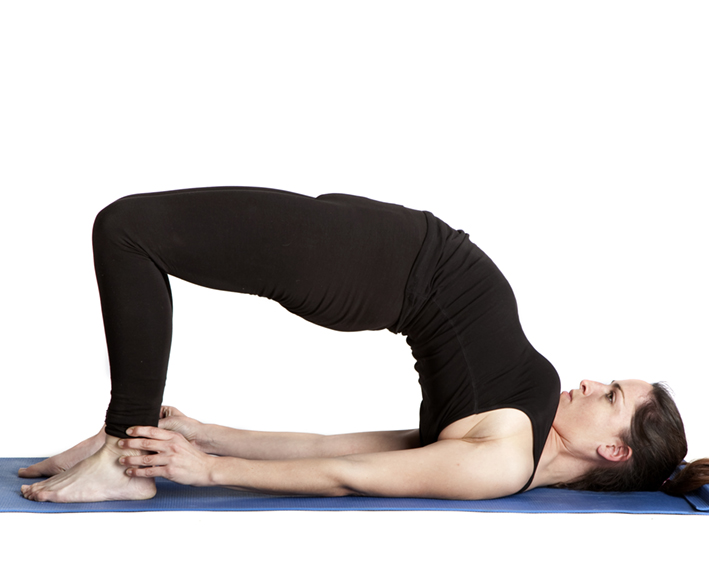

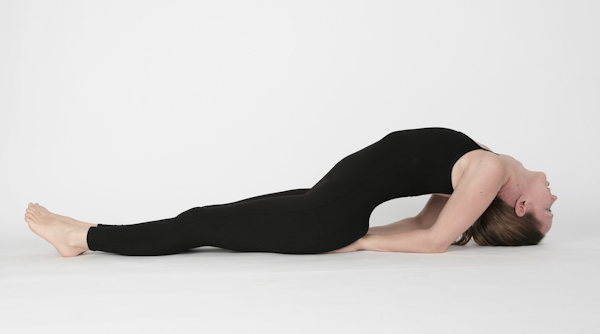
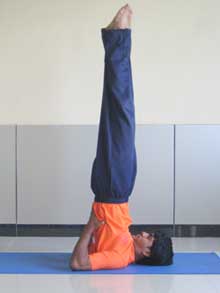
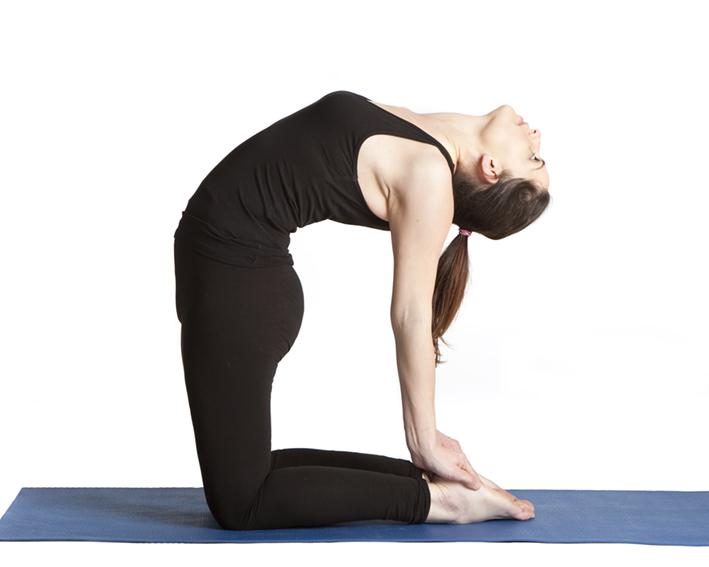

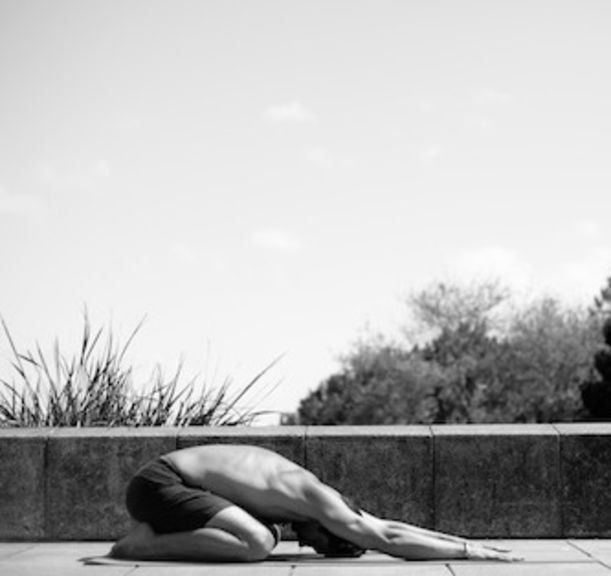
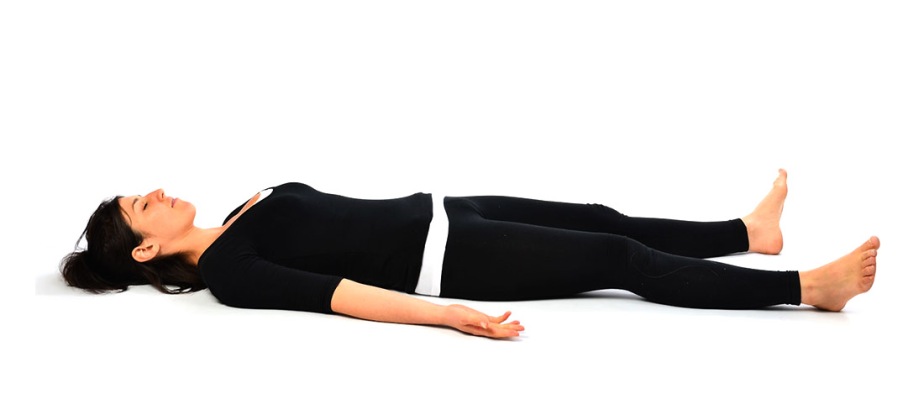
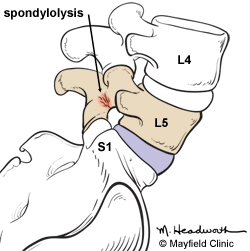 Ayurveda and yoga can help alleviate the pain associated with lumbar spondylosis and eventually cure you of this debilitating ailment.
Ayurveda and yoga can help alleviate the pain associated with lumbar spondylosis and eventually cure you of this debilitating ailment.







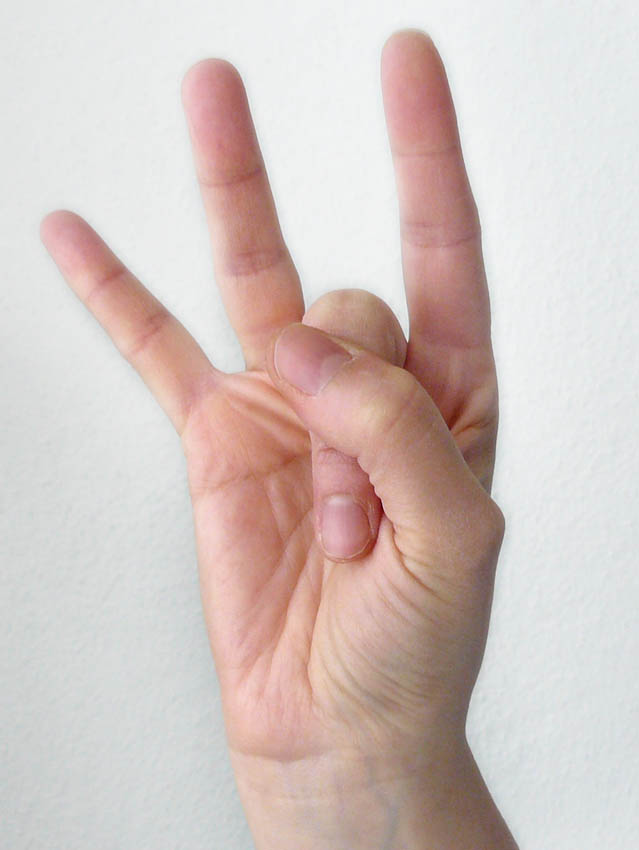

You must be logged in to post a comment.